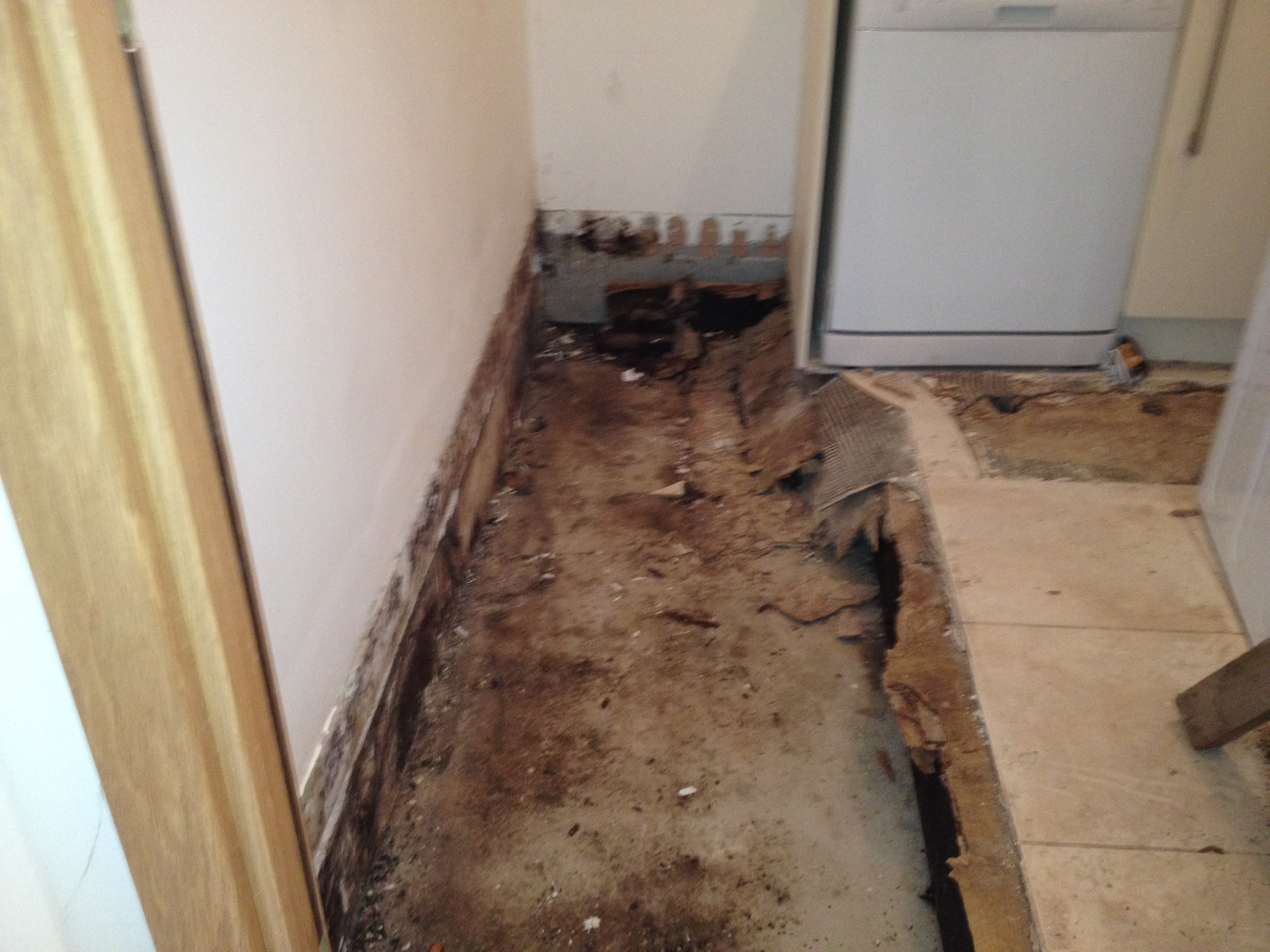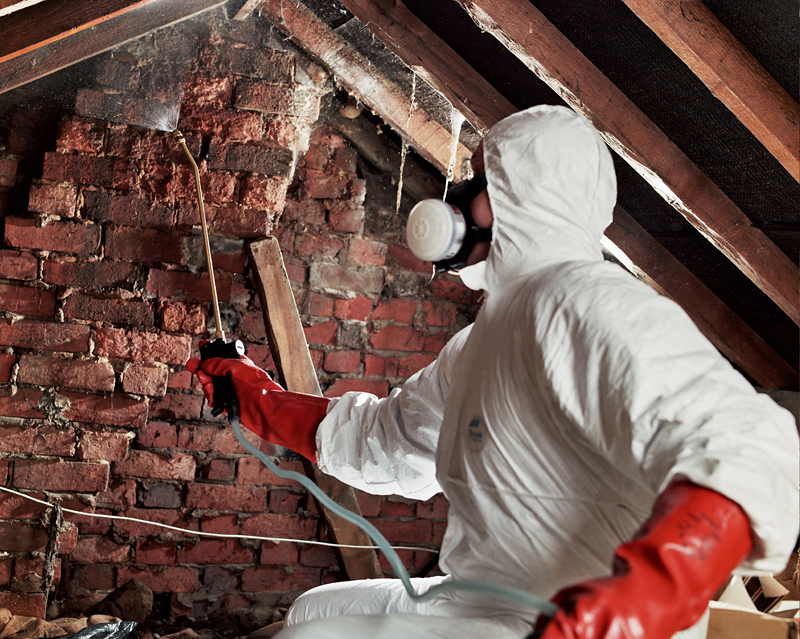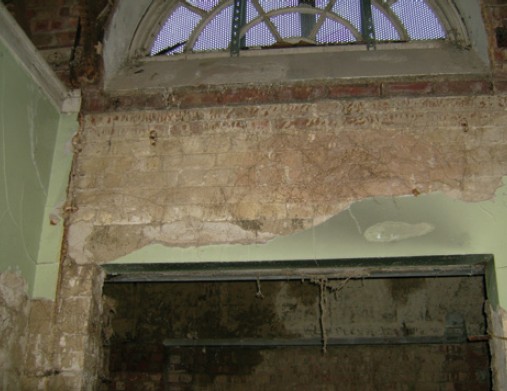Request Callback
from Protum Services


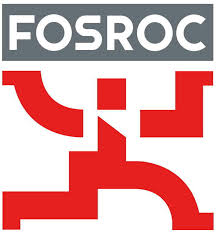
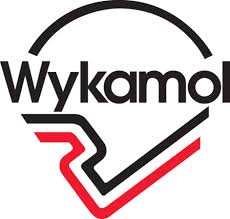
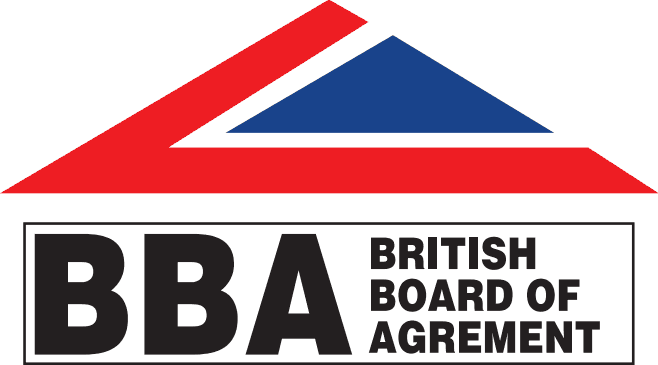

|
Dry Rot
|
|
Dry Rot fungus is also known as brown rot. It attacks the cellulose in wood turning it a dark brown colour, hence its name. Dry Rot draws moisture from the timber it attacks causing it to lose weight and consequently become friable and cubical in appearance. Dry Rot Treatment Protum Services are specialist dry rot experts and have years of experience in Dry Rot treatment. Protum use specific Dry Rot chemicals as well as employing specialist applications when dealing with Dry Rot.
Dry Rot Growth There are three main conditions which Dry Rot needs to grow:
If a Dry Rot problem is not treated correctly the fungus has been known to remain dormant in masonry for up to 12 months. Once the conditions are right the fungus will begin to spread again. If there are any indications of the presence of Dry Rot in your house contact Protum Services for immediate assistance.
|



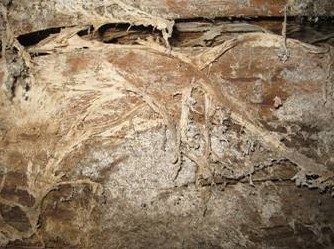 What is Dry Rot?
What is Dry Rot?